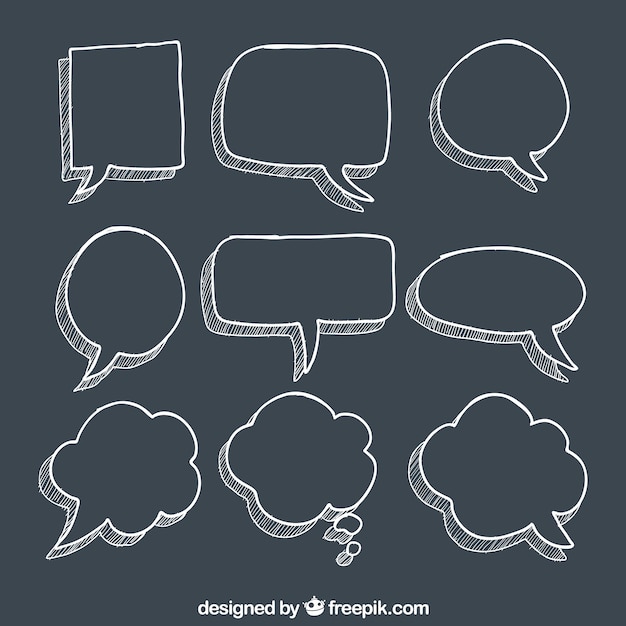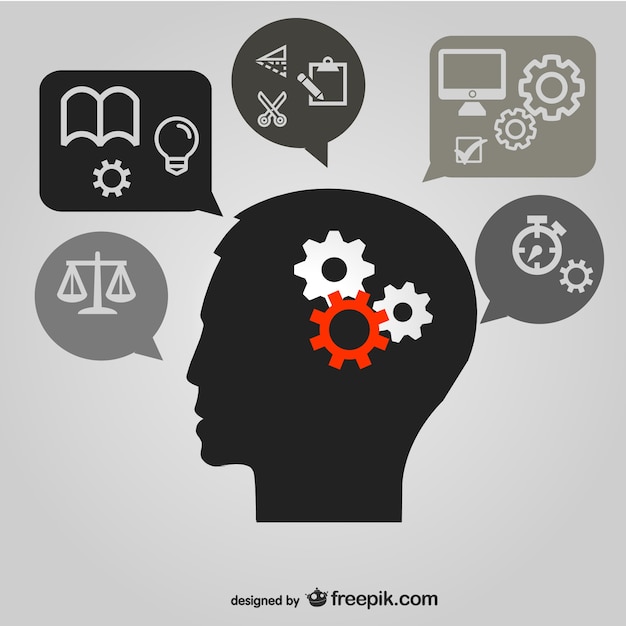…classrooms are complex organisms. The students bring with them richly textured biographies that go beyond their racial and ethnic categorizations, and their teachers bring their own sets of complexities. Somewhere in the nexus of this humanity, we are charged with producing literate, numerate young citizens who are capable of learning more and faster than any generation that has preceded it (pp. 13-14).
My charge was to co-design a comparative case-study in order help identify where STEM inequity exists and offer recommendations in order to create multiple systems of opportunity where everyone’s knowledge, background, ethnicity, and race count. By looking specifically at STEM-foundational thinking at seven urban elementary schools, I wanted the elementary school level to be the unit of change so students of color have equitable STEM outcomes. I must work to change the current paradigm to a new ideology, one born out of a radical and defiant response to the historical sickness of oppression. I have always believed that the “knowledge and skills to educate all children already exists” (Hilliard, 1995, p. 200). No one ever said that restructuring our educational system so that all children reach their full academic potential would be easy. In fact, “thinking our way toward progress or taking action as a single individual is not likely to make any great impact on the powerful systems of oppression we face as teachers” and as students of color face in their classrooms (Gutierrez, 2016, p. 274). However, I feel that I have a civic and moral responsibility to educate. Teaching is difficult, but when have moral responsibilities ever been easy? It is important to “resist intellectualizing the struggle, and instead, live it. Living it means action, such as taking risks in our everyday lives” (Gutierrez, 2016, p. 274). This dissertation in practice was a balancing act between intellectualizing STEM inequity and providing usable knowledge for improvement at the classroom or building level.
In the past my action research on the opportunity gap focused on qualitative data because In order to understand our national opportunity gap, one must first come to understand how students learn, which in turn, determines how teachers teach. Volumes of research have been conducted and a myriad of theories have been proposed as to how to solve this national epidemic in education. If learning and teaching were straightforward, we would have found a solution decades ago. At the time, I felt that I could not study my research questions using abstract or quantifiable methods, instead interrupting how particular focus group of students learned in order to improve my own developing pedagogy. This dissertation in practice study (at least my specific role) focused more on quantitative survey data from teachers, students and school leaders. I struggled to find meaning in frequency tables, ANOVA tables, Cronbach’s alpha measures, and other statistical measures. My purpose was to gain new insights and possible explanations for an academic gap based solely on skin color. I wanted to be able to explain why certain learning behaviors and/or expectations existed at various elementary schools and teachers could increase STEM-foundational thinking in the classroom. I felt that I was missing key qualitative information about each school and the pedagogical practices present. For example, “if as a nation, we develop communities in which people can speak honesty and productively about racism and heal from its hurts, we can change biased practices and attitudes” (Singleton & Linton, 2006, p. 270). I believe that the single greatest hurdle in closing the STEM opportunity gap lies in having these conversations. If teachers are unable to discuss issues of race, privilege, oppression, and student achievement, then students of color will never perform to their fullest potential, with or without STEM opportunities. Worse, White students will continue to perpetuate a system that gives them privilege while supporting systemic racism. Racism affects everyone, not just the oppressed racial groups, and by not standing up as an ally, White students internalize these negative stereotypes, furthering systems of privilege and oppression. In life, we are all interdependent. As a society, either we all succeed, or we all fail. As a school, teachers need to be united behind a vision that promotes equity for every student.
I believe in using conscious, anti-racist dialogue among staff that will sustain and deepen authentic understanding about systemic racism, while working to dismantle those inequitable educational systems. In relation to STEM curriculum, these conversations about race and racism will work to ameliorate the lack of diversity, simultaneously improving student achievement in STEM by examining the racial stratification in these course and careers, and promote equal educational outcomes for students of color. It is not what teachers do or not do in the classroom that promotes equitable access for students of color. It is what they see or do not see. Studying urban elementary schools based mainly on survey data and archival documents (e.g.: mission and vision statements, curriculum maps) made it difficult as a researcher to truly get a feel for what is happening and not happening within each building. Although this is a mixed-methods multi-site, comparative case study, I felt that our research team focused too heavily on quantitative data. Our results (see full findings report) indicate a scattered amount of STEM-foundational thinking occurring within buildings. In order to analyze these findings, requires a more substantial qualitative methodology. For example, I would have liked to break this research project into two phases. The first phase would be designed to determine teachers’ beliefs and expectations about marginalized students’ STEM-foundational thinking. I would also have liked to analyze this student population’s beliefs and academic networks that support their engagement in STEM curricula and achievement in STEM courses and instructional activities. The main instruments during this phase would be teacher and student surveys eliciting their beliefs about STEM-foundational thinking, academic achievement, and equitable STEM opportunities for students of color. I would supplement this data with student interviews in the second phase in order to understand students’ perceptions of themselves and teacher expectations of their students of color with regards to STEM-foundational thinking. I would use this interview data to construct a narrative of a sampling of students of color and an account of their school experiences in order to collaboratively create with students and teachers, a STEM learning community. This STEM-foundational thinking collaborative for students of color would be a three-year structured cohort of students and teachers designed to increase the achievement of students of color in STEM curricula, while influencing current educational gatekeepers (see Practitioner paper Recommendations for Practice for a more specific outline).
Facilitated study with C-PEER
I felt that the potential for ongoing relationships with school districts, schools, community organizations, and other higher education institutions was conductive to ongoing collaborative research based on the unique needs of each partner. Having individual schools or districts co-design research studies allow for the best chance of supporting student learning and growth at the school level. However, with C-PEER being in its inaugural year, many of these relationships have not yet been formed, making our doctoral work separate from broader, longitudinal studies already in progress in many metro school districts. For this dissertation in practice, we had seven participating schools and 65-85% teacher participation rate. Having such a small sample size, albeit decent teacher participation, makes our findings difficult to generalize to a school district in need of school improvement. With that said, the collaboration with doctoral peers made various aspects of this project easier (e.g.: IRB approval, data analysis, and dissemination of results). Having doctoral research tied to a broader research project gave me incredible insight into University-level research. Although messy at times, the research tools I learned as part of this doctoral program will help me greatly in my practice as an educator. Teaching is no longer just a job that I enjoy and do well. There is just too much at stake for it to just be a job. Teaching, and my educational leadership, represents my duty to encourage and elevate the thinking of today’s youth, especially my non-dominant students of color (Gutierrez and Arzubiaga (2008). And while I will continue to create communities within my classroom, my school, and district, and make meaningful connections to my students, I take the research methods and inquiry I learned seriously. I will apply this to challenging problems of practice within my school district. Through learning-focused leadership, collaboration, and effective STEM programming, I hope to encourage faculty to be anti-racist teacher-leaders. More importantly, however, I am satisfied knowing that I am a positive agent of change– an absolutely necessary change towards excellence and equity in STEM education.







